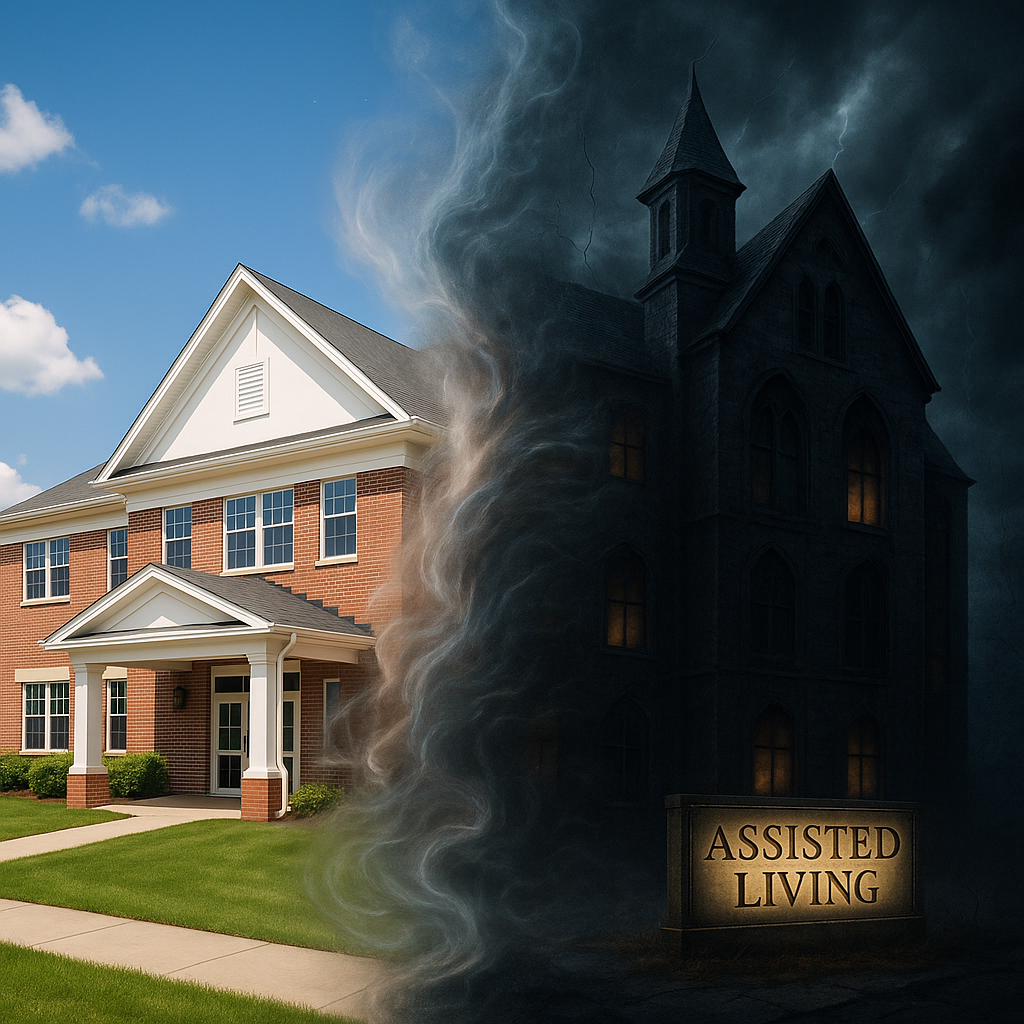BLOG
Insurance Options for Paying for Senior Living
If you’re like many people, your financial basket may hold more possibilities to fund your future than you might realize. One of these funding sources could be insurance for senior living—utilizing a policy to secure the lifestyle that meets your care needs, or those of a loved one—even if you have decided you can’t afford senior living.
Ways to Use Insurance for Senior Living Expenses
- Long-Term Care Insurance for Senior Living
Long-term care (LTC) insurance helps to pay for the cost of home care, adult day care, assisted living, memory care, skilled nursing, respite care and hospice by covering services typically not covered by health insurance, Medicare or Medicaid. Policies often even cover some homemaker services, such as meal preparation or housekeeping as long as it is in conjunction with the personal care services you receive.
Before purchasing long-term care insurance, it’s always a good idea to make sure the policy offers the right coverage for you and your family’s situation.
How it works:
Many LTC policies begin to pay benefits once an assessment has determined you need help with two or more Activities of Daily Living or cognitive impairments; otherwise known as a benefit trigger. The insurance company will approve a Plan of Care. Then you will have an elimination period, typically 30, 60 or 90 days after the benefit trigger occurs before you start receiving payment for service. During this time you must cover the cost of services you receive.
What to expect:
Once the benefits begin many policies pay your costs up to a pre-set daily limit until your lifetime maximum is reached.
- Conversion of Life Insurance for Senior Living
Many people don’t realize that converting a life insurance policy into a Long-Term Care Benefit Plan is another option. Yet anyone with an in-force life insurance policy can transform it into a pre-funded financial account that disburses a monthly benefit to help pay for long-term care needs such as home care, assisted living, skilled nursing and hospice. Unlike life insurance, this account is a Medicaid qualified asset.
How it works:
The conversion process transfers ownership of a life insurance policy from the original holder to an entity that acts as the benefits administrator. Because the original owner no longer holds the policy, it won’t count against them in the Medicaid spend down process. The benefits administrator assumes all responsibility for paying the monthly premiums on the policy to the insurance company and agrees to pay the previous policy holder a series of monthly payments based on the value of their policy. These payments can then be used to pay for your long-term care.
The pros
- You can convert any type of life insurance for senior living: whole, term or universal.
- There are no monthly premium payments; monthly payout amounts are adjustable based on how many months you want to receive payments.
- Monthly payouts don’t count against qualifying for Medicaid coverage; a long-term care benefit plan is recognized by Medicaid as an acceptable spend-down during the five year look-back period.
- A long-term care benefit plan is comprised of “private pay” dollars, which means that it can be used to pay for any kind of care—home care, assisted living, skilled nursing and hospice.
- A special fund is set aside for future funeral expenses.
The cons
- You must have an immediate need for some form of acceptable long-term care, because monthly payments are made directly to a long-term care provider, not the previous holder of the life insurance policy.
- Individuals with smaller policies ($10,000 or less) may be better off holding on to their plan or giving it up it in exchange for the cash surrender value. Or those who have a life insurance policy with a large cash value built in (e.g. a $100,000 policy with a $90,000 cash value) may better off taking that cash value.
What to expect:
There are no application fees or obligations to apply and the typical enrollment time is 30-45 days. Once a policy is converted by the owner, the Long-Term Care Benefit payments begin immediately, and the enrollee is relieved of any responsibility to pay any more premiums.
Insurance for Senior Living: An Option Worth Exploring
At Assured Senior Living, we understand that coming up with a financial plan for paying for senior care can be a complex process. However, we believe that taking a proactive approach is a sound strategy, just as weighing your options for assisted living and memory care early can help reduce stress for you and your family in the years to come. Let us help you find the answers.
At Assured Senior Living, our goal is to make your loved one feel completely at home.














